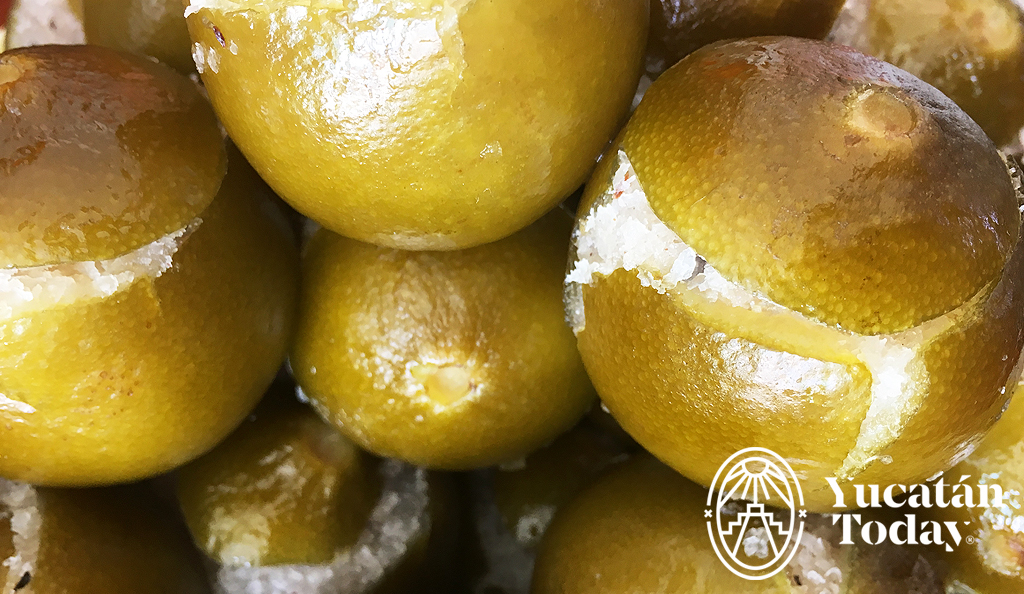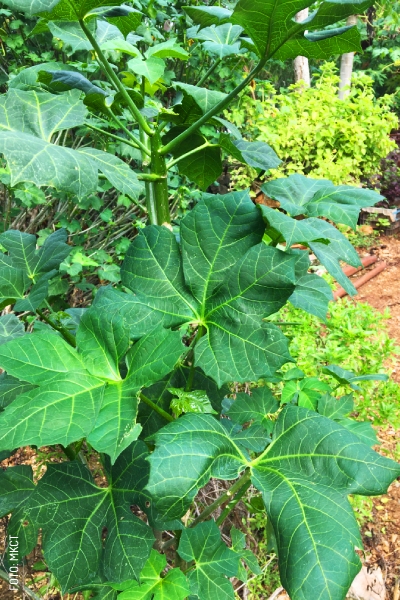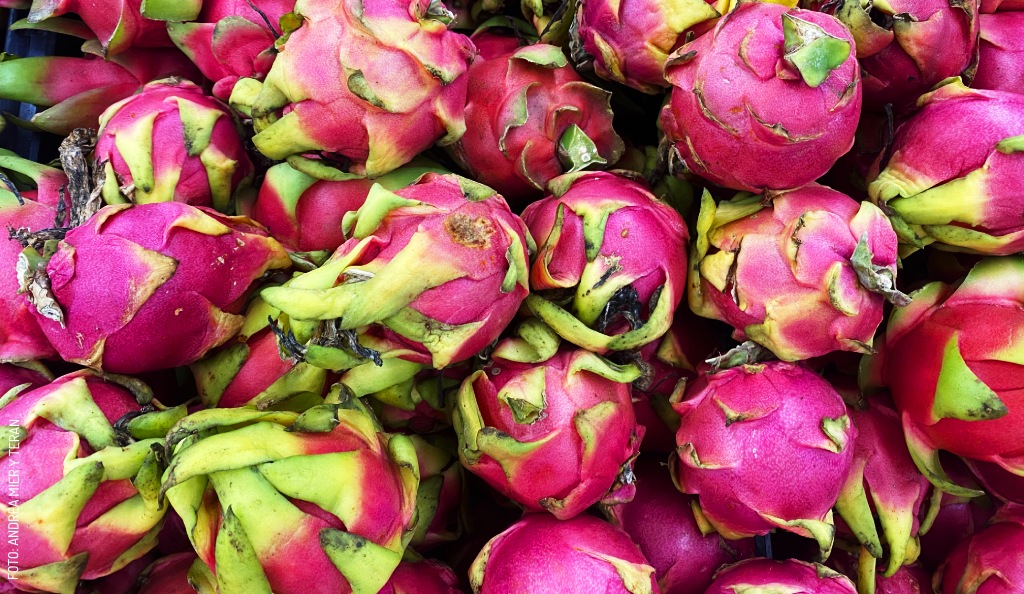
Unique Fruits and Vegetables of Yucatan
Due to its privileged location and warm sub-humid climate, Yucatán is a land of some fruits and vegetables that are very uncommon in other parts of the world, notable for their unusual appearance and exotic flavor. To see them and taste them for yourself, you'll have to venture away from supermarkets and busy streets and head to the traditional markets of each town. Here are some of the ones you can find.
Sweet Potato (Ipomoea batatas)
In Yucatán, the most common varieties of sweet potatoes are purple and white. They are commonly used to make desserts such as sweet potato in syrup, "Atropellado," and pastries or sweet potato pie.
Chives (Allium schoenoprasum)
Although not unique to Yucatán, this aromatic herb grows easily in our climate. Therefore, it is widely used to add flavor and color to various dishes, such as Chocolomo, Mondongo (tripe soup), and shredded meat or Tsíik.
Jocote, red mombin, or Yucatecan plum (Spondias purpurea)
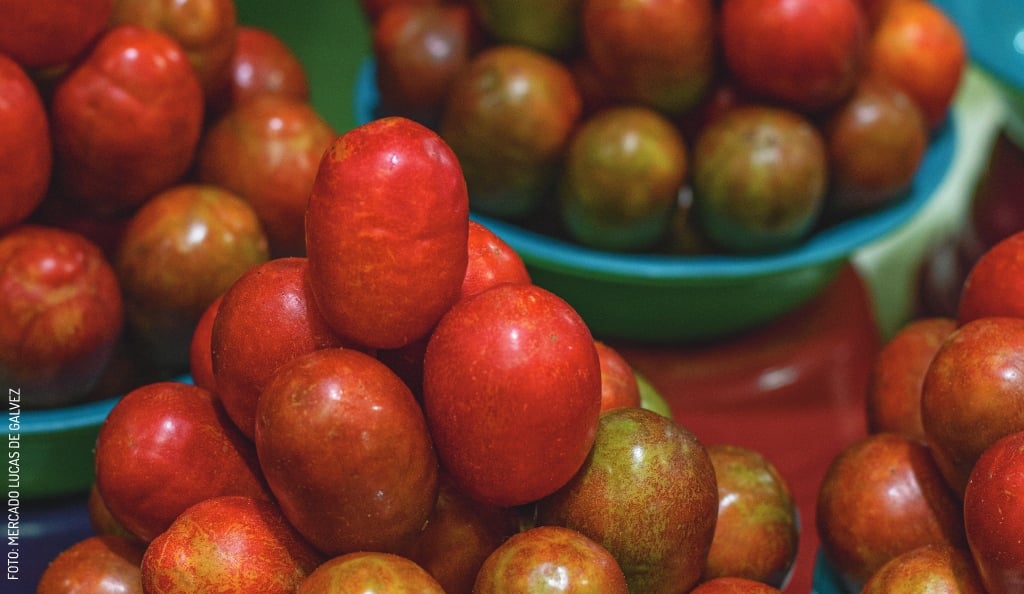 The Yucatecan plum is named for its sweetness and shape, but it has nothing to do with plums produced and consumed elsewhere; in fact, it is more closely related to cashew apples than plums.
The Yucatecan plum is named for its sweetness and shape, but it has nothing to do with plums produced and consumed elsewhere; in fact, it is more closely related to cashew apples than plums.
When green, they are acidic; once they turn yellow and red, they become sweet and juicy. Yucatecan plums are usually available during May, when you can find them in markets and on street corners, usually sold by vendors.
Chaya (Cnidoscolus chayamansa)
Chaya is often called the Yucatecan spinach; like spinach, it is an important source of nutrients and also has anti-glycemic properties (in other words, it is useful for managing diabetes).
Raw, in large quantities, Chaya can be toxic; also, the plant can prick you if you don't handle it properly. But don't worry: we Yucatecans are experts in handling it so you can enjoy it (in food or drinks) completely safely.
Chayote or mirliton (Sechium edule)
Chayote is a vegetable found throughout much of México but is very traditional in Yucatán. From the pumpkin family, it’s avocado-shaped and very spiny; by the time it reaches the markets, someone has already removed the thorns to make it easier to handle. We Yucatecos like to eat it both cooked and raw; it tastes delicious with chili and lime.
Maax Chili (Capsicum annuum var. glabriusculum)
Maax chili (pronounced "mash") is the local variety of what is known as Piquín chili or Chiltepín in other states of México. It's a common plant in Yucatecan backyards and patios, and its small fruits are enjoyed either fresh or dried and ground to accompany fruits with lime, Xe'ek', and more.
Soursop (Annona muricata)
Soursop is another fruit with green, hard, scaly skin that is white inside with black seeds. In addition to being very sweet, it has antioxidant properties and is rich in phosphorus, iron, and calcium. It is mainly found in ice creams but also in soft drinks and on its own.
Guaya or Wayum (Melicoccus oliviformis)
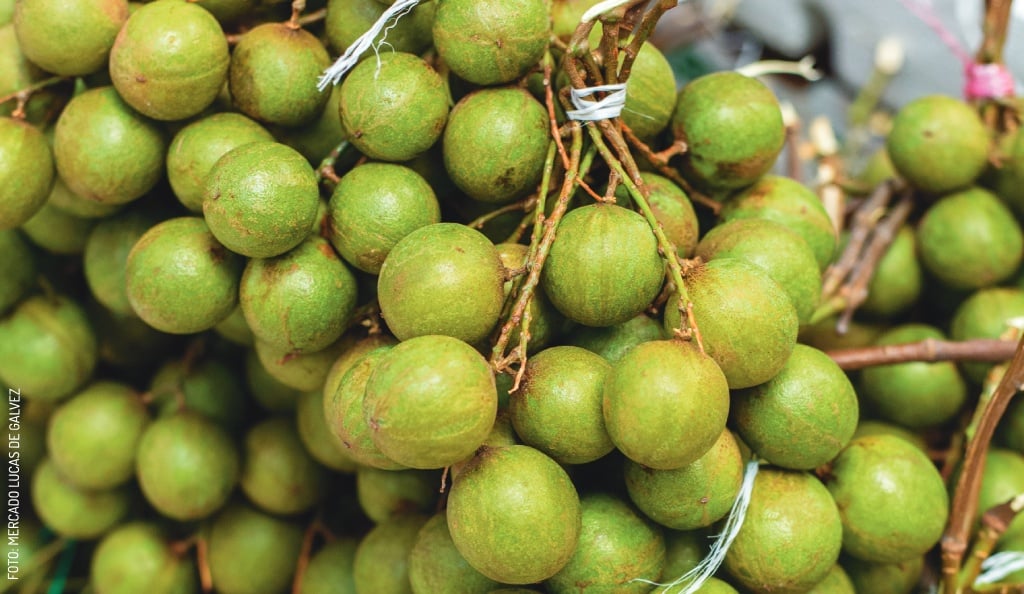 By far, one of the favorite fruits for Yucatecos, guaya resembles an olive. When you peel off its thin green skin, you'll find its flesh in a color somewhere between pink and orange, charmingly known locally as "guayita color”. Guayas are typically peeled and prepared with lime and chili. Since they have a large seed, the best way to eat them is to savor their flavor by keeping them in your mouth for a while
By far, one of the favorite fruits for Yucatecos, guaya resembles an olive. When you peel off its thin green skin, you'll find its flesh in a color somewhere between pink and orange, charmingly known locally as "guayita color”. Guayas are typically peeled and prepared with lime and chili. Since they have a large seed, the best way to eat them is to savor their flavor by keeping them in your mouth for a while
Mamey (Pouteria sapota)
Mamey is a large, oval fruit with skin as rough as wood; its flesh is a reddish-orange color known locally as "mamey color." Although some people enjoy it raw, it is one of the favorite fruits of Yucatecos to make smoothies, ice creams, and Champolas.
Nance (Byrsonima crassifolia)
This fruit, the size of a yellow cherry, is famous for its strong aroma and flavor. It can be eaten raw or "in syrup" (cooked with sugar and cinnamon).
Bitter orange (Citrus auriantium)
Bitter orange is a locally widespread hybrid citrus used as the base for some of the most traditional dishes of our region, such as Cochinita Pibil, Escabeche, and Tsíik, to name a few. It is also used as a dressing and as an ingredient for making drinks.
Pitahaya or dragonfruit (Hylocereus undatus)
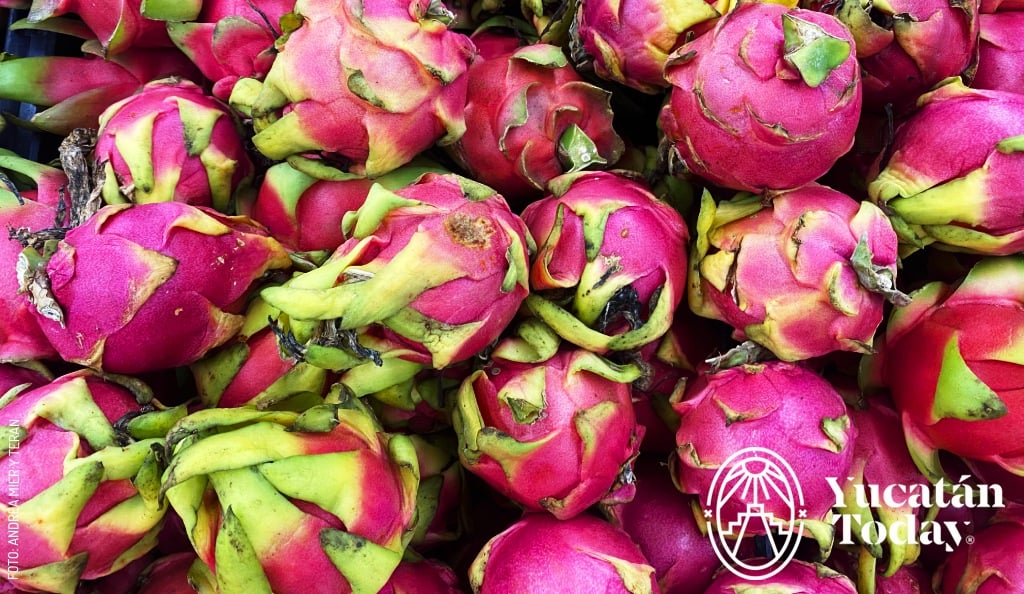 One of the most beautiful and peculiar fruits of Yucatán, this cactus is bright pink on the outside and white (with black seeds) on the inside.
One of the most beautiful and peculiar fruits of Yucatán, this cactus is bright pink on the outside and white (with black seeds) on the inside.
Slightly sweet and low in calories, you can eat it on its own, but it is very common to find it combined with lime and, in some cases, a little sugar. During the summer, you'll see it prepared in water and all kinds of frozen treats.
Sweetsop or sugar apple (Annona squamosa)
Similar to its relative, the South American cherimoya, sweetsop is a fruit from the Annona family. Its green, scaly skin hides a sweet white interior with black seeds, which is very common both on its own and in ice creams and smoothies.
And an extra:
Elote pibil or Pibinal
Although corn is not exclusive to the Península, this preparation transforms its flavor into something very traditional around this region. The cobs are soaked in salt water, and then baked in an underground oven or Píib with hot stones.
When you explore one of our markets (or pause to shop at a "mobile market"), the key is to be open to trying and discovering something new. If you have any questions or curiosity, feel free to chat with the producers and sellers and ask them anything you'd like to know. They'll be happy to help and share their knowledge with you!
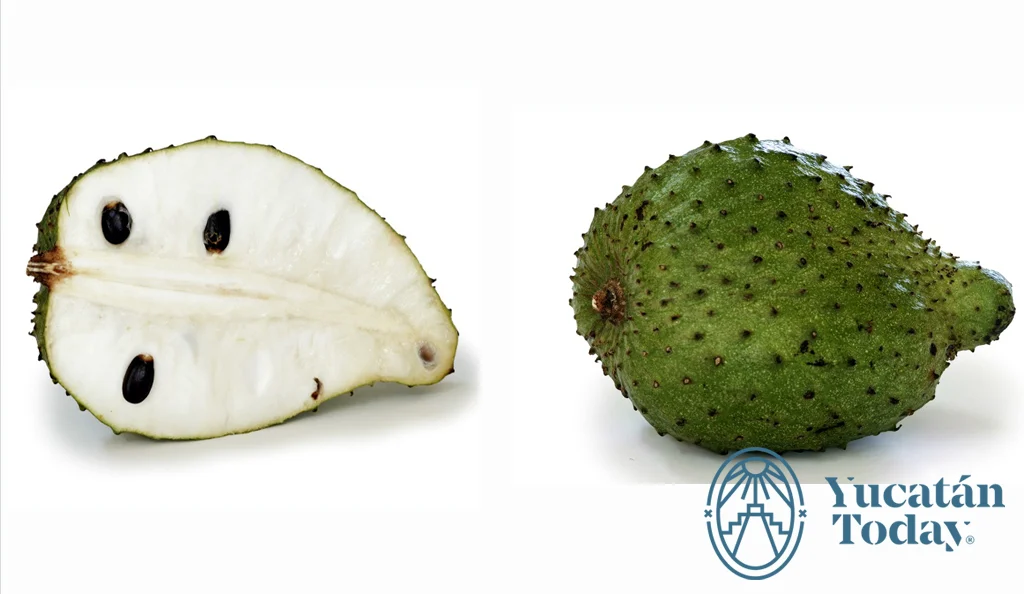
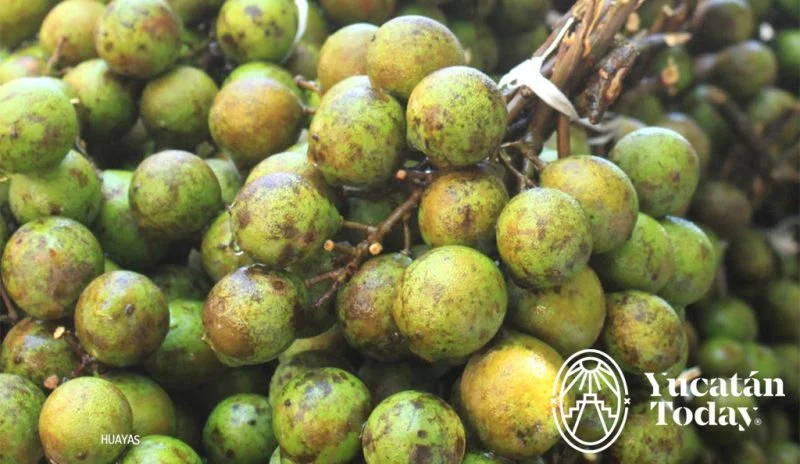
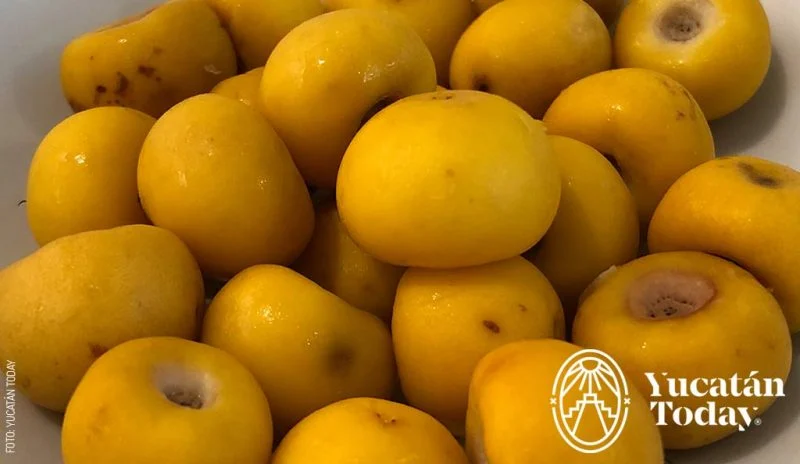
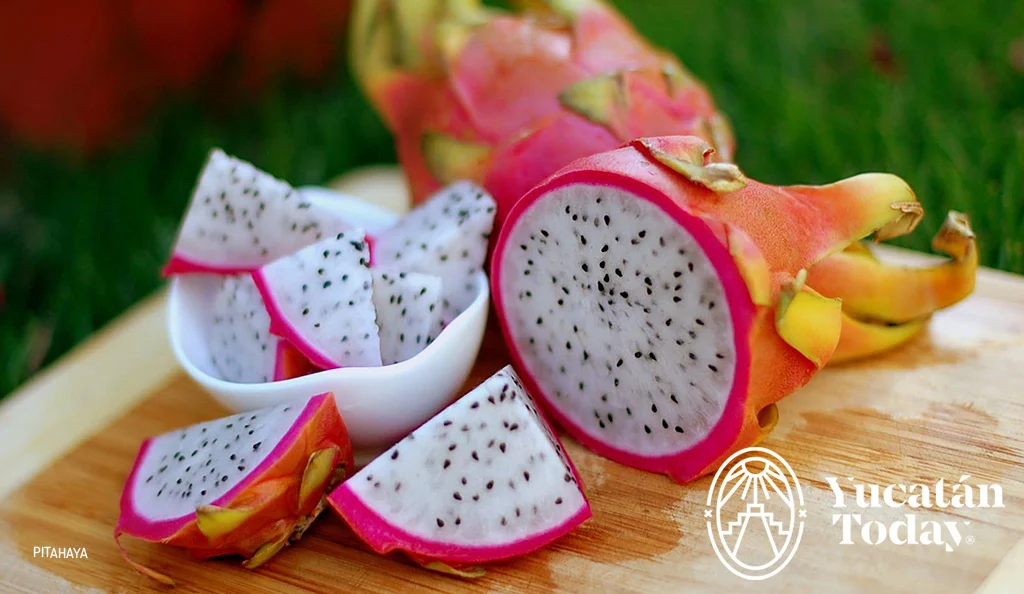
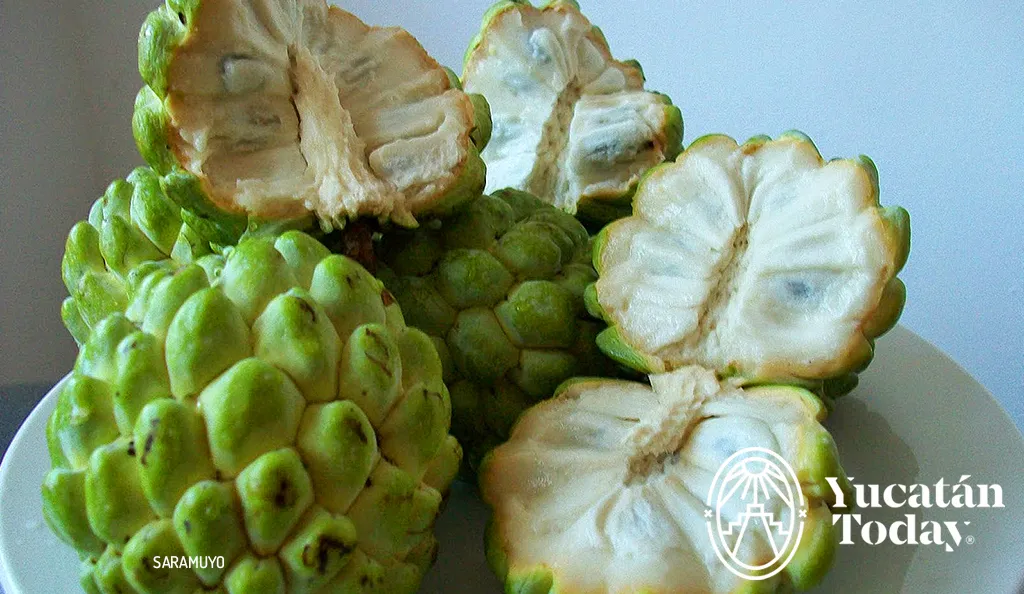
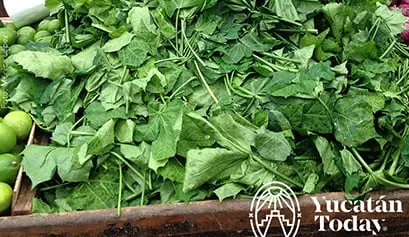

Author: Yucatán Today
Yucatán Today, the traveler's companion, has been covering Yucatán’s destinations, culture, gastronomy, and things to do for 37 years. Available in English and Spanish, it’s been featured in countless travel guides due to the quality of its content.
¡Receive the latest articles and much more from the best of Yucatán in your email!
Related articles
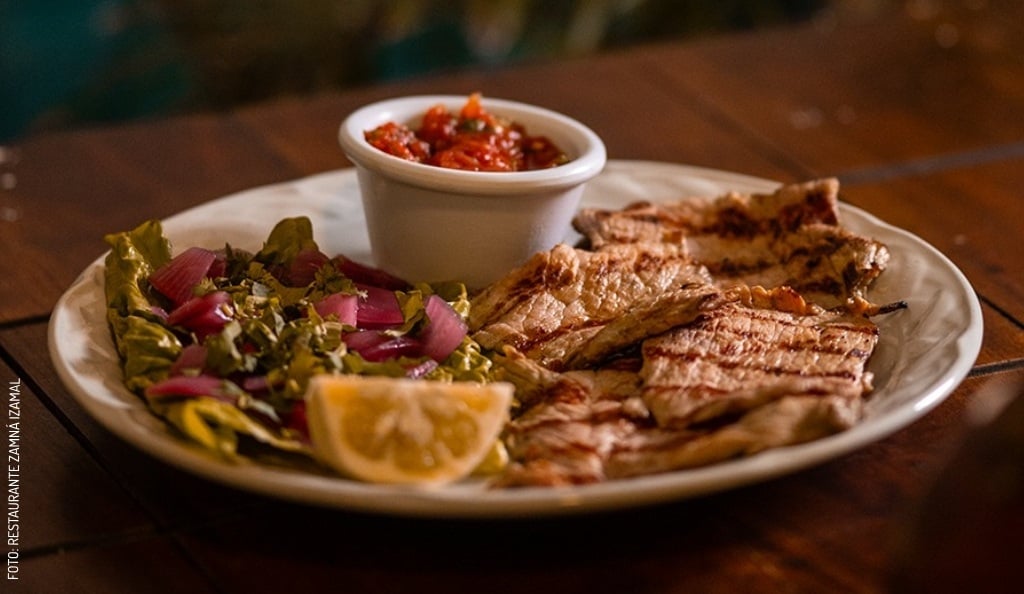
Yucatán's Gastronomic Stops: Dishes Worth the Trip
Travel through Yucatán by its flavors. Discover iconic dishes from each region: poc chuc in Maní, huevos motuleños, and more. A journey worth taking!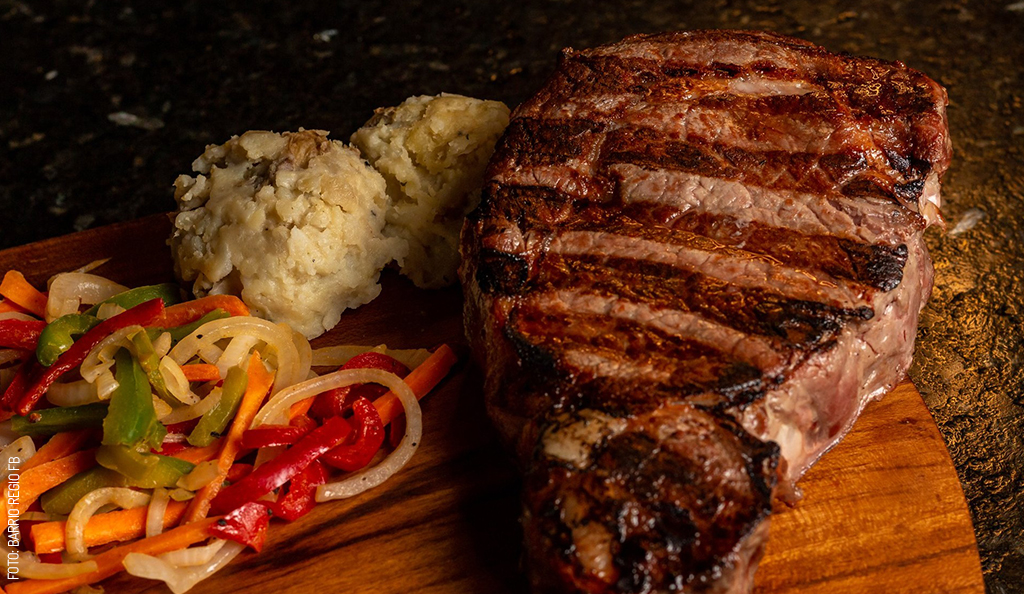
Mexican Restaurants in Mérida
Mérida’s constant growth has expanded the available offer of authentic dishes from elsewhere in México. Let us show you the best places to have them!